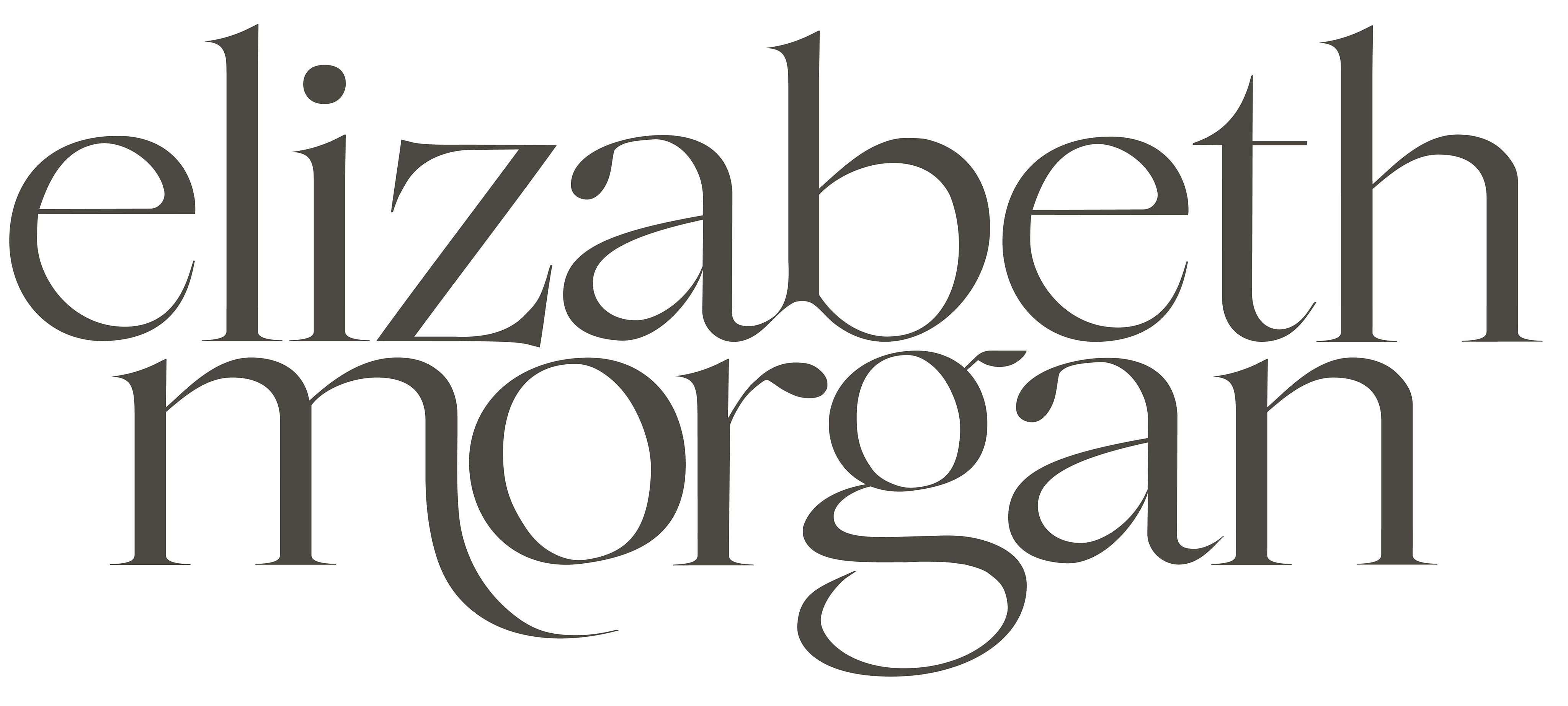Cabinetry is one of the biggest investments you'll make in your home, especially in kitchens, bathrooms, and built-ins. It’s also one of the most overwhelming. Between construction types, materials, and finishes, it’s easy to spiral into decision paralysis.
That's part of why prefab cabinetry from Ikea or the big box stores like Lowe’s or Home Depot can feel so appealing - it’s easy, accessible, and you can see it all in one place. But once you're trying to fit those options into your specific space and style? It quickly gets complicated.
Whether you're working with a custom millworker, selecting semi-custom cabinetry, or just wondering where on earth to get started, this guide is here to help you understand the building blocks of cabinetry so you can make more confident, informed decisions.
Cabinet Materials
Cabinet materials affect everything from the price and durability to how well a finish will hold up over time. Plywood is widely considered a high-quality choice for cabinet boxes. It's strong, stable, and resists moisture better than many alternatives. It also holds screws well, which matters over time, especially with heavy doors and drawers. The downside? It’s pricier than other engineered wood options.
Solid wood is often used for cabinet doors and drawer fronts because of its natural beauty and longevity. It brings warmth and variation to a space and can be stained or painted to suit nearly any style. That said, solid wood is susceptible to expansion and contraction with humidity and is usually on the higher end of the price spectrum.
MDF (medium-density fiberboard) is another common option, especially for painted or veneer cabinetry. It has a very smooth surface which is ideal for finishes and decorative profiles, and it resists cracking which makes it a great choice for detailed doors. However, it’s not as structurally strong as plywood and doesn’t hold up well to water, so it's better suited to dry areas.
If you're looking for budget-friendly options, thermofoil and laminate might be worth considering. Thermofoil is a vinyl material that's heat-pressed over MDF or particleboard, often mimicking the look of painted wood or wood grain. It’s easy to clean and affordable, but it doesn’t age well and can peel or bubble if exposed to heat or moisture. Laminate, on the other hand, is a durable plastic finish adhered to a substrate. It's available in a wide range of colors and textures and high-pressure laminate (HPL) can be extremely scratch- and stain-resistant. Lower-quality versions can look plasticky, but newer options are surprisingly refined and work well in modern or commercial spaces.
Within each of these materials, craftsmanship will affect the quality. I’ve seen some really nice veneer cabinets, but I’ve also seen some that I wouldn’t recommend to anyone. Same goes for solid wood – if it’s built with shoddy craftsmanship, it won’t hold up over time.
Cabinet Construction Types
The way cabinets are built affects both how they look and how they function. One of the most popular modern options is frameless construction, sometimes called European-style cabinetry. In this style, there’s no face frame - doors and drawers attach directly to the cabinet box, which creates a sleek, minimal look and allows for slightly more usable interior space. Frameless cabinets are great for small kitchens or clean-lined contemporary designs, but they require precise installation and can be a little less rigid than framed options.
Framed cabinets, on the other hand, are built with a face frame on the front of the cabinet box, and doors attach to this frame. This is a more traditional construction method and tends to be more forgiving in terms of installation. Within framed construction, you’ll often see full overlay and partial overlay styles. Full overlay cabinets have doors that cover most of the face frame, giving a cleaner, more updated look. Partial overlay leaves more of the frame visible and is often found in more casual or traditional spaces. It’s also usually a more budget-friendly choice.
A third option is inset cabinetry, where the doors and drawers are set into the frame itself, sitting flush with the cabinet front. This style is often associated with high-end, heritage homes because of its clean, tailored look and the precision required to build and install it. Inset cabinets tend to cost more and can offer slightly less storage space, but they’re a beautiful choice for classic kitchens or custom millwork.
Cabinet Door Styles
The door style plays a huge role in the overall look of your cabinetry. Here are some basics:
1-Piece (Slab)
• What it is: A single flat panel, no detailing.
• Best for: Modern, contemporary, or mid-century kitchens
5-Piece
• What it is: A four-piece frame surrounding a center panel.
• Best for: Transitional or traditional kitchens depending on detailing
Raised Panel
• What it is: The center panel is elevated within the frame.
• Best for: Classic, traditional, or formal kitchens
Recessed Panel (Shaker-style)
• What it is: A flat center panel set inside the frame.
• Best for: Works with traditional, farmhouse, or minimalist styles depending on finish and hardware. Versatile!
Put Simply
That was a lot of information! Cabinetry is complex and this guide just scratches the surface. The right combination of construction, materials, and door styles will depend entirely on your kitchen’s layout, your lifestyle, and your design style.
There’s a lot to think about when it comes to cabinet design. In a follow-up post, I’ll walk you through how to choose the right cabinetry to suit your space specifically - from layout and function to finish and hardware.
If you need help navigating the cabinetry process, I offer full-service design and would love to work with you to create a tailored cabinetry plan.
